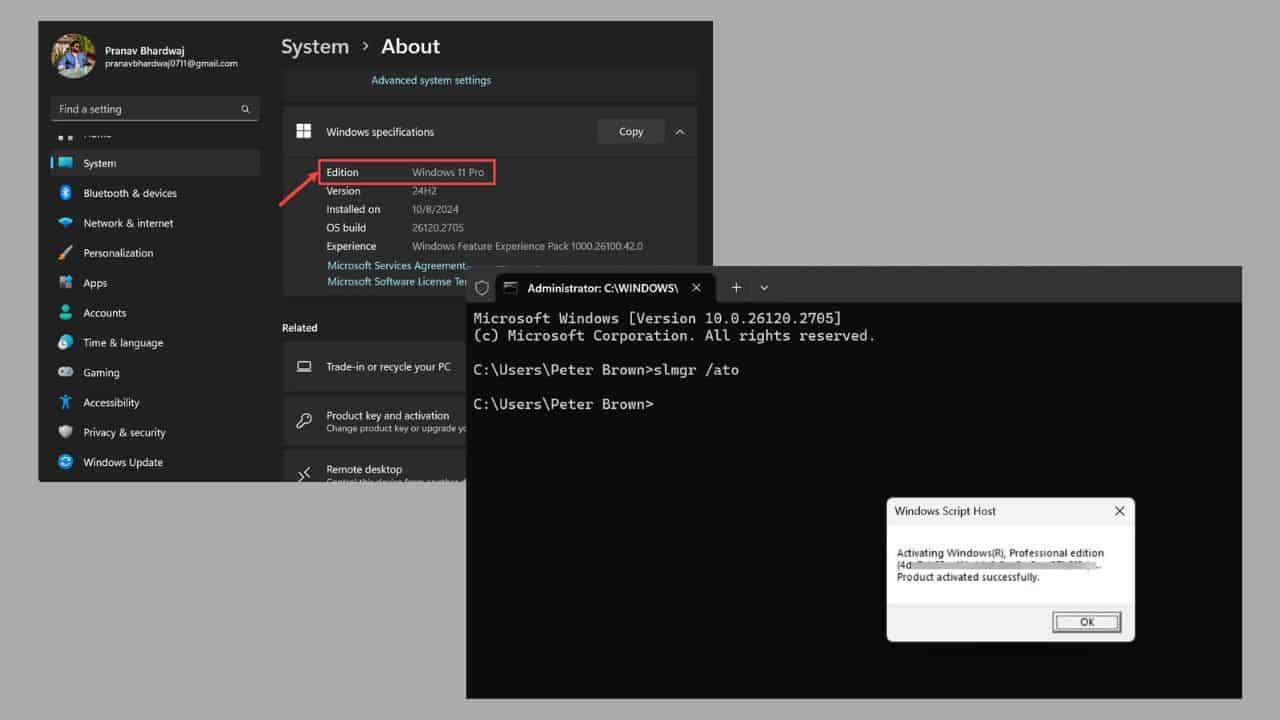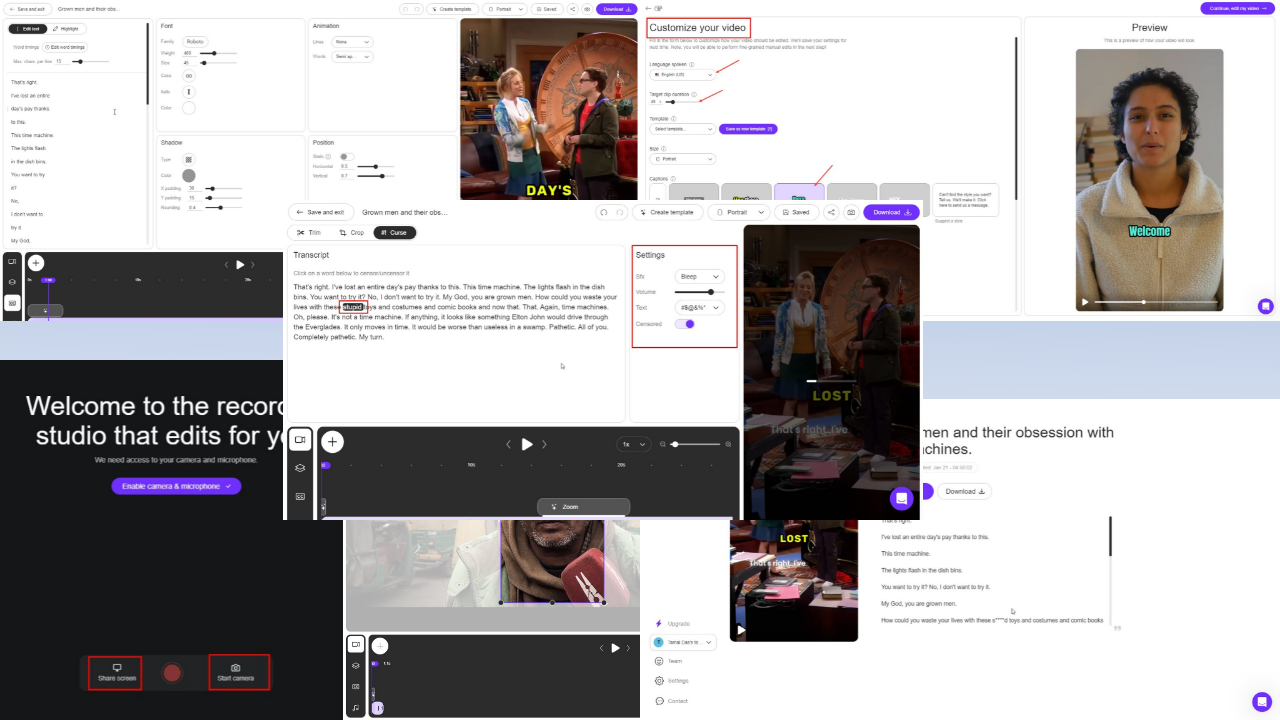Google Chrome doesn't natively support Windows on ARM yet
2 min. read
Updated on
Read our disclosure page to find out how can you help MSPoweruser sustain the editorial team Read more

Windows on ARM refers to a specific version of the Windows operating system designed to run on devices powered by ARM processors. These processors are known for their efficiency and are typically found in smartphones and tablets.
Previously, Chrome on Windows machines with Arm64 chips ran in emulation mode, reducing performance compared to native x86-64 architecture. Last month, Google released it for the Canary Channel. This Canary build bypassed emulation, allowing Chrome to take full advantage of the capabilities of Arm64 processors.
Chromium has been supporting the Arm64 architecture for several years. Google Chrome has been available on all Arm platforms except for Windows. It is unclear why Google took so long to release the Arm version of Chrome for Windows.
ARM processors are designed using a RISC (Reduced Instruction Set Computing) architecture. This means they focus on simpler instructions that can be executed quickly rather than complex ones. This makes them more efficient for mobile devices that prioritize battery life. ARM processors are known for being low-power, low-cost, and generating less heat. However, while ARM dominates the mobile world, x86 is the more common architecture for desktops and servers.
The timing of this release coincides with Qualcomm’s upcoming Snapdragon X Elite chip, which promises better performance improvements for ARM devices. Recent benchmarks indicate that the Snapdragon X Elite outperforms Intel’s x86 ‘Meteor Lake’ in several areas, including AI capabilities. This could make it a strong contender against Apple’s M3 chip, powering MacBooks. Here is the comparison.
The Snapdragon X Elite will feature 12 Oryon high-performance cores, LPDDR5X memory that can support up to 136GB/s, and an Adreno GPU that can deliver 4.6 TFLOPS with triple 4K display support. In terms of AI performance, the Snapdragon X Elite will feature an NPU that can deliver 45 TOPS, and it can run a 13B parameter model on the device. More about it here.








User forum
0 messages